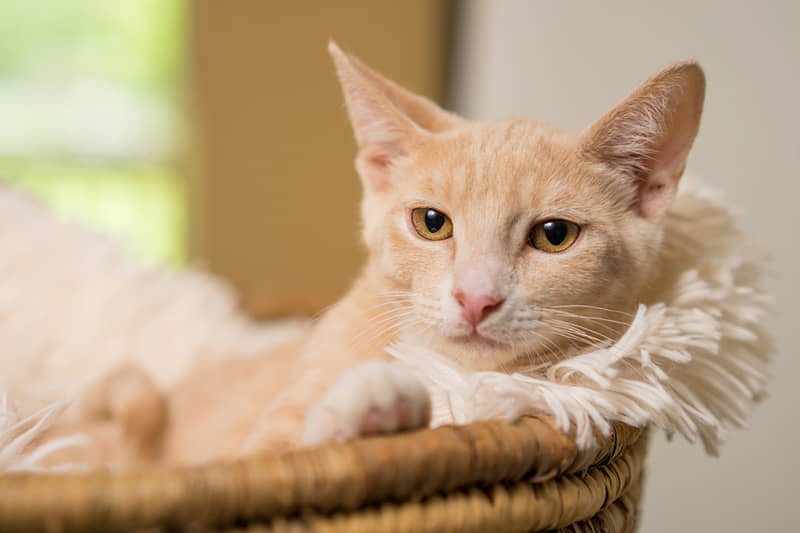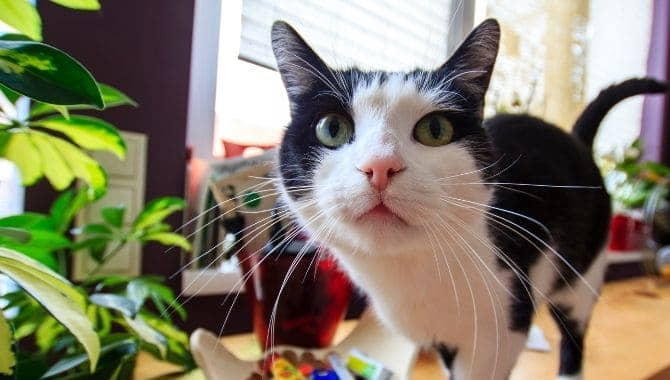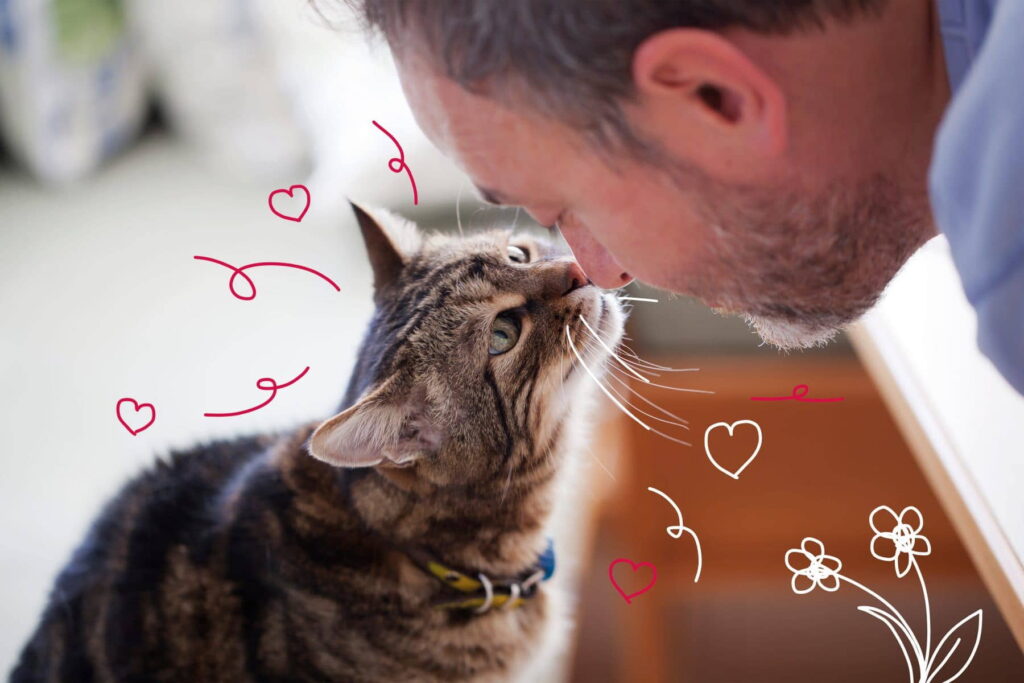The domestic shorthair cat is competing for most popular pet in the U.S. with an approximate 80 million in the states out of the estimated 600 million around the world. In fact, the great majority, almost 95%, of U.S. cats are considered domestic shorthairs.
Keep in mind that the domestic shorthair is not really a breed. Known as “moggie” by the English, the cats have a blended ancestry and may be more akin to “mutts” in the dog world than their own unique breed. Since domestic shorthair cats are a combination of different breeds, they vary greatly in fur color, personality and other traits – meaning adopting a domestic shorthair uniquely your own is easy!
These cuddly and playful cats are easy to love and are great for a variety of households and lifestyles.

Personality
The domestic shorthair personalities are as varied as they get. From playful to calm or vocal to quiet, no matter the personality, these cats are social when raised with humans and make great pets for most families, including those with other pets or children.
While they are descendants of cats who used to hunt mice, all cats are individuals and that means not all domestic shorthairs are going to want to chase mice or want to bring their parents “gifts.”
Domestic shorthair cats are known to be excellent at acrobatics like leaping and balancing. This becomes clear in their often-playful nature. Having a great, safe place for these cats to bird watch while keeping an eye on the household will keep these cats satisfied and mentally stimulated for hours on end.
Domestic shorthairs can be energetic and will probably be grateful for as many opportunities to keep their minds and bodies active. Scratching posts, feather toys and the classic cardboard box can quickly become favorites for these cats and provide plenty of mental and physical exercise for them.

Typically laid-back and carefree, these cats enjoy sunbathing and, like many other cats, they will enjoy an afternoon catnap just about anywhere, including your lap. Head scratches are a must for the highly affectionate domestic shorthairs and cat parents would do best to schedule in at least 15 minutes of play each day with them.
History
Most believe the ancient Egyptians domesticated cats about 4,000 years ago.
The domestic shorthairs are said to be descendants of the British shorthairs. Shorthairs are believed to have been brought along on the Mayflower and put to work, helping to minimize the rodent population on board. They landed in America with the pilgrims, who, upon arrival, kept these cats active.
In North America, these cats continued to work for their families. Their physical agility makes them ideal in keeping pests away from food storage and other places they shouldn’t be. This also kept families safe from whatever diseases these pests could have been carrying. Often left to reign in the barnyard, these cats did an excellent job of capturing prey in exchange for a warm, safe place to take a snooze, a little food and some love from their parents.
Though they themselves are not a breed, the domestic shorthairs are close relatives to the American shorthair and British shorthair—which are both cat breeds.
Physical Attributes
BODY
Domestic shorthairs range in appearance, without one color or pattern being predominant. Some have spots, some have patches and others may have a different colored tail than the rest of their body. Their smooth, shiny coats come in a variety of colors: brown, orange, black, white, and so on. Their eyes can be hazel, blue, green or gold.

All variety aside, some common physical traits amongst domestic shorthairs include their round head and paws, muscular bodies and medium tail-length. They tend to have a varied stature and can range anywhere from 6 to 16 pounds, though the females tend to be smaller than the males. Fun fact: their nighttime vision is six times better than humans!
These cats tend to stay healthy and live a fairly long life of 12 to 14 years. Routine veterinary care is, as always, recommended and be careful of equating food with love for these kitties – they can get overweight.
Disclaimer
Note: While the characteristics mentioned here may frequently represent this breed, cats are individuals whose personalities and appearances will vary. Please consult the adoption organization for details on a specific pet.
Wondering about Egyptian Mau? Check it out on our next post!
